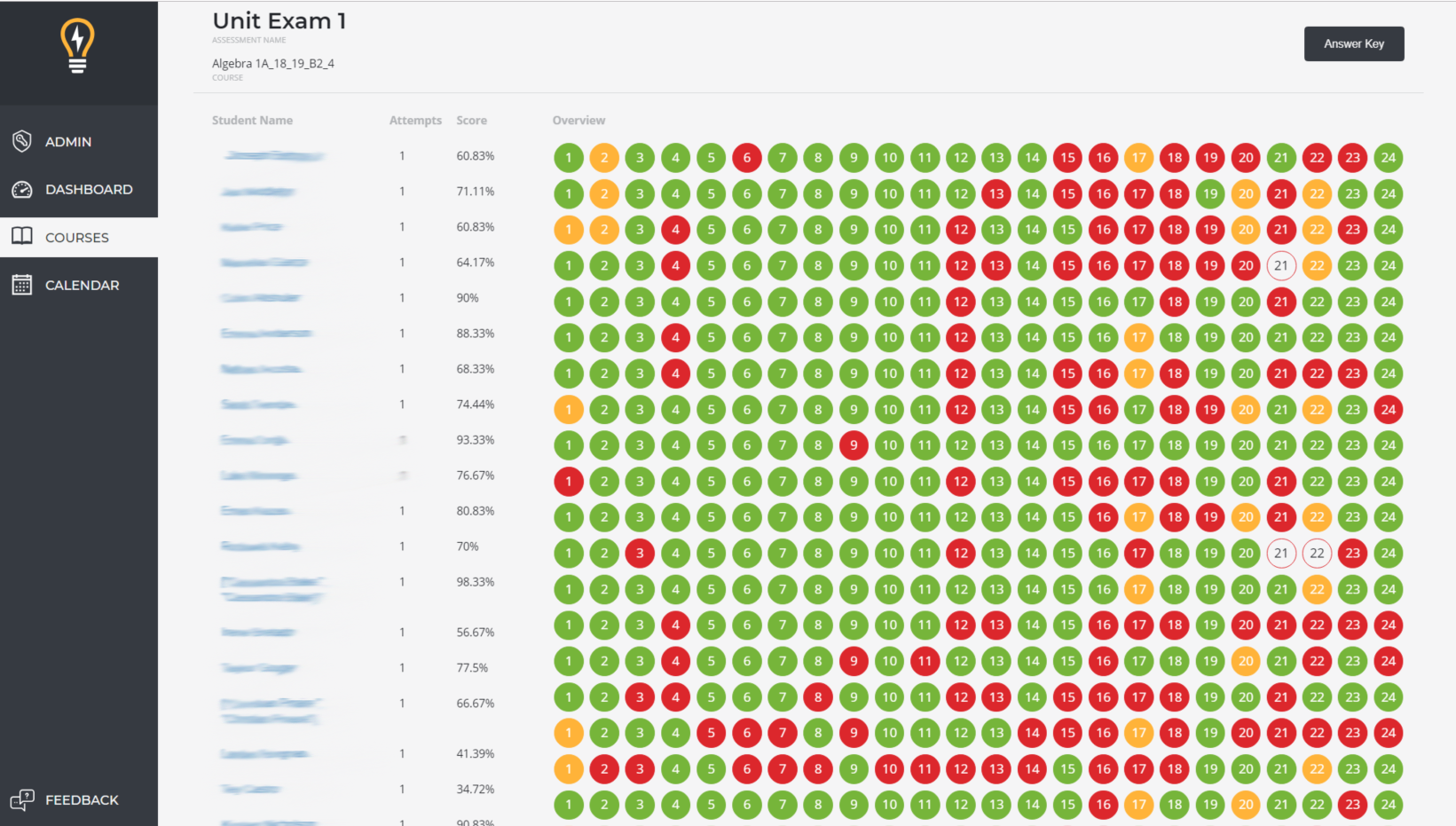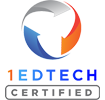 For 10 years, I taught mathematics in grades 7-10. When most people hear me say that, if they aren’t an educator themselves, they say, “Wow, you’re so brave!” or something similar. I’m not saying teachers aren’t brave, because they are. But they are overworked and bogged down with such minutia in so many cases.
For 10 years, I taught mathematics in grades 7-10. When most people hear me say that, if they aren’t an educator themselves, they say, “Wow, you’re so brave!” or something similar. I’m not saying teachers aren’t brave, because they are. But they are overworked and bogged down with such minutia in so many cases.
My biggest complaint when I was teaching was the amount of mindless grading I had to do, and the lack of concern on the part of my students about those grades. Who could blame them? They took a quiz or a test, and since I had 120+ students, it would take me at least a week to get it back to them. Also, with so much grading to do, my comments, if any, were minimal. It just wasn’t an efficient system.
See what makes StrongMind math courses different.
Now, I’m an interactive learning designer for StrongMind. When I started working here, I began as a curriculum developer on the math team. My initial attraction to the job was simple. I wanted to make work easier for teachers, so they can do what they do best—teach. I remember what it was like being in a classroom and wishing that I had the time to really help my struggling students and push my excelling students.
At StrongMind, we give teachers that time.
By providing teachers with quality curriculum and numerous computer-graded assessments, we are literally giving teachers more time to spend with their students. Instead of grading the simple items themselves, they can review reports, identify students who need extra time or attention, and give those students that attention. In addition, teachers are given quality assessments like projects and discussion boards. In these activities, teachers can give more elaborate feedback on assignments that can take students longer than a single session to complete.
StrongMind uses Galileo Online Assessments from ATI to drive improved academic outcomes.

StrongMind’s Smart Assessment tool saves teachers time by automatically grading many assessments and delivering performance data in a concise way. For example, this Unit Exam Class Aggregate view shows which answers students got correct (green), incorrect (red), partially correct (yellow) or skipped (red outlined circle). This allows teachers to quickly determine where students need help.
How else does my experience in teaching influence what I do at StrongMind?
It makes the material I create better than the material I used in the past. I know what used to be available to me as a teacher, and I know how much I struggled to make that material work. While my primary user is the student, I also think a lot about my secondary user, the teacher. Questions I ask when designing curriculum include:
- How will teachers use this material?
- What would be helpful to have as a student struggles with this or that concept?
- How can I make the activity better so students won’t need a teacher’s help just to use it?
- What can I provide the teacher to help engage students who have become disengaged?
These types of questions lead to innovative activities and instructional materials that I did not see included with materials when I taught. They also lead to better experiences for the learner in general. After all, with good curriculum, the student should feel like their teacher is there as a guide. When that happens, the student trusts the teacher’s expertise in both the subject and the material.

My experience in the classroom was more along the lines of a construction worker than a teacher in many cases. I was building curriculum from the pieces I was given rather than having a comprehensive product I could use to guide the students. I had to provide safety for my students and carefully inspect the materials before students could use them. By taking the teacher’s viewpoint into consideration as the product is developed, I help eliminate that need for a safety monitor and help transition the teachers to their preferred role as a guide and mentor.
Creating Unique Learning Experiences
Now, as an interactive learning designer, I’m presented with a unique opportunity to create really unique learning experiences.
In this role, I have the ability to design, develop, and provide materials that take learning online to a whole new level. I have often been amazed at some of the things that living in the age of technology has allowed us to do. We all travel around with a miniature copy of the wealth of human information in our pockets (cell phones with internet connections); we can video chat with people thousands of miles away in real time; people can collaborate on a project simultaneously from different countries; and games can make you feel as if you are literally standing within them using 3-D virtual reality.
So, how does that make its way into education?
Students who are taking online courses are typically a little more internet-savvy than their brick-and-mortar counterparts. As a result, they also tend to expect more from their online education. My goal as an interactive learning designer is to bring that experience to these students. Instead of simple text and questions, I give students a more immersive experience by creating interactive tools and lessons.
In a science class, for instance, instead of having to go into a lab to mix salt in with water and measure and record results, there is an interactive experience where students can manipulate the controls themselves. In math courses, students can directly experiment with numbers in an environment that shows them the way these things work visually, as well as symbolically.
Explore this interactive lesson from Math 6 that allows students to spend as much or as little time as they want conducting digital experiments.
These types of experiences offer students the chance to explore and learn at their own pace, with feedback to help them along. In addition, teachers can send students to these activities for additional help, support and information. These opportunities take the burden off of the instructor to determine what they will use to remediate a student’s understanding.
Teaching is still tough. When done correctly, it takes a lot out of you. However, when the curriculum is well-designed and functional, the teacher can focus on their primary concern—student learning. And that’s what drives me as an interactive learning designer.
Request a personalized demo to learn how StrongMind can help your school deliver a better educational experience for students and teachers.
By Dria Wiltjer
 Alexandria (Dria) Wiltjer is an interactive learning designer at StrongMind. She taught middle and high school math for 10 years before going into edtech. She is an avid gamer and learner. In her free time, she volunteers in youth leadership programs and plays recreational softball.
Alexandria (Dria) Wiltjer is an interactive learning designer at StrongMind. She taught middle and high school math for 10 years before going into edtech. She is an avid gamer and learner. In her free time, she volunteers in youth leadership programs and plays recreational softball.





